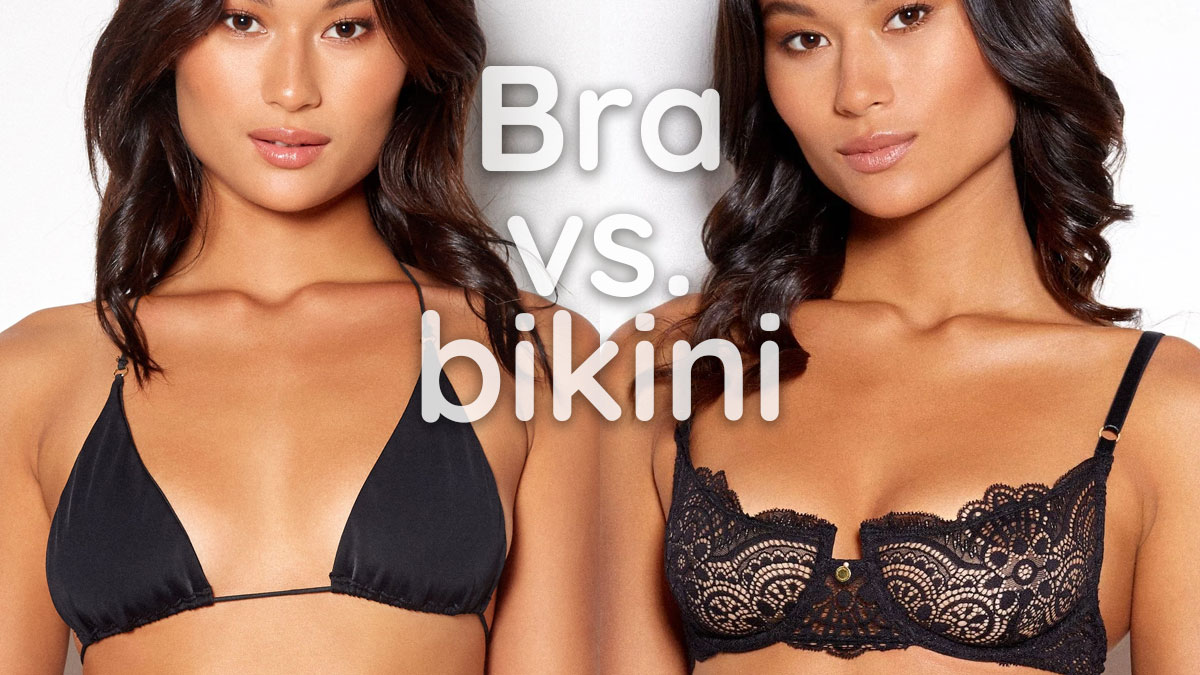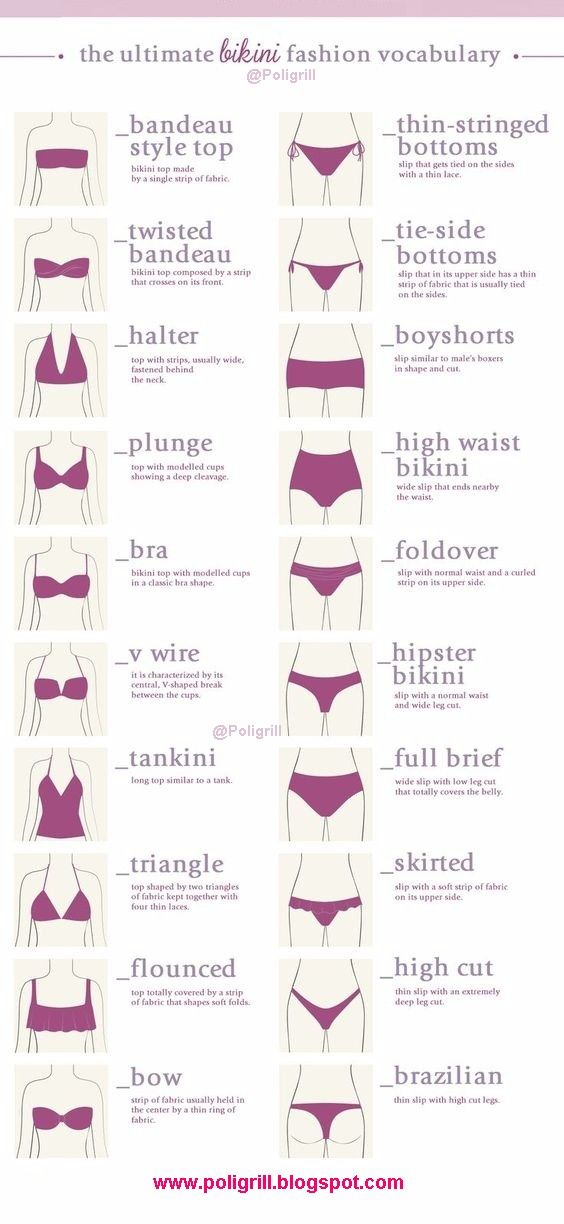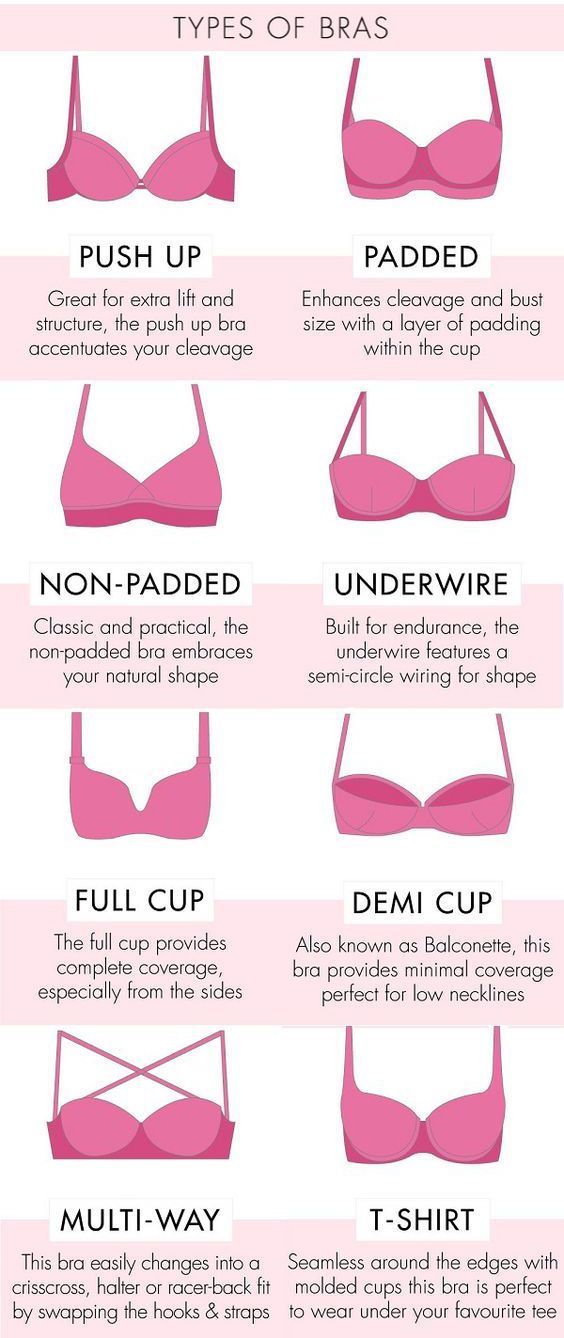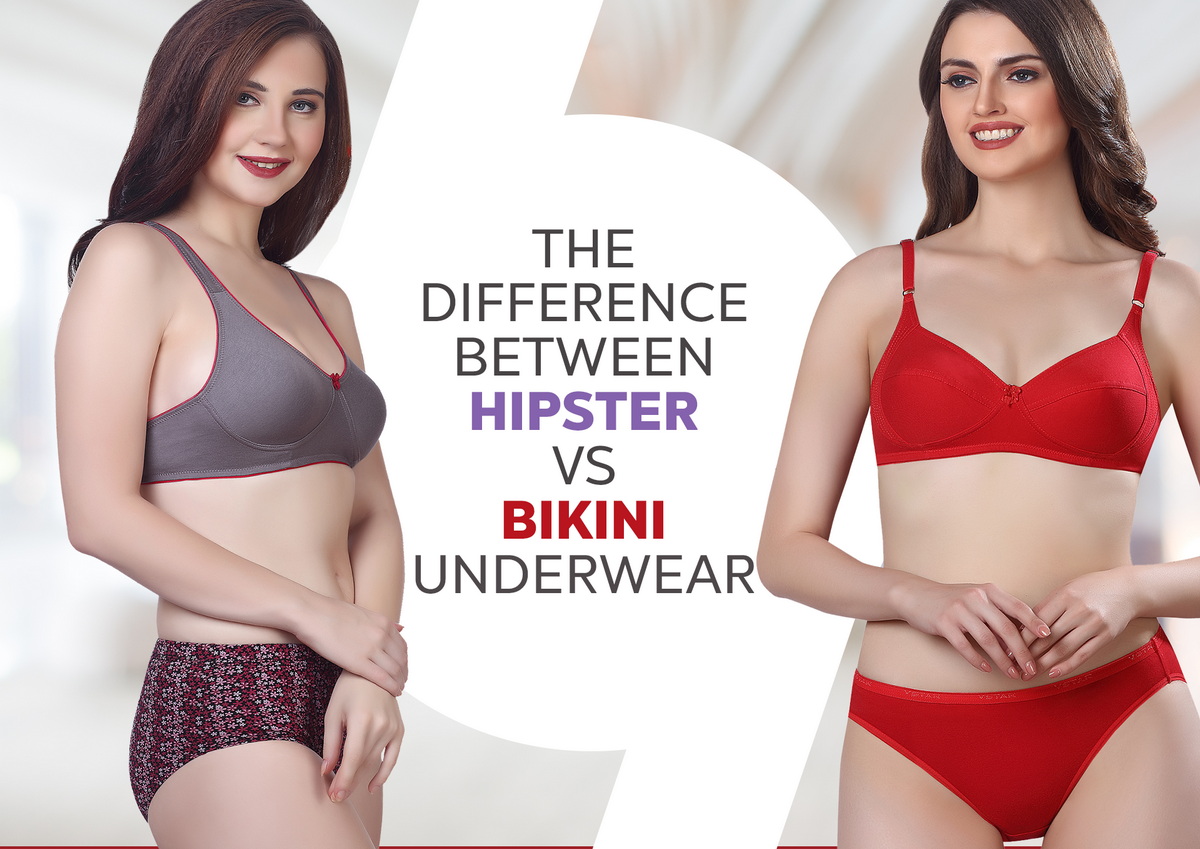Content Menu
● Introduction
● What is a Bra?
>> Materials Used in Bras
>> Bra Styles
● What is a Bikini?
>> Materials Used in Bikinis
>> Bikini Styles
● Key Differences Between Lady Bra and Bikini
>> 1.Functionality
>> 2.Coverage
>> 3.Materials and Construction
>> 4.Purpose
>> 5.Aesthetic Appeal
● The Evolution of Bras and Bikinis
>> Historical Context
>> Cultural Significance
● Choosing the Right Bra or Bikini
>> Factors to Consider
>> Tips for Finding Your Perfect Fit
● Care Instructions for Bras and Bikinis
>> Washing Techniques
>> Storage Tips
● Conclusion
● Related Questions
>> 1. Can you wear a bikini as a top?
>> 2. Are there bras designed for swimming?
>> 3. What's the history of the bikini?
>> 4. How should a bra fit properly?
>> 5. Are there different types of bikinis?
● Citations:
Introduction
In the world of women's fashion, intimate apparel plays a crucial role in both comfort and style. Among the various types of garments, bras and bikinis stand out as two essential items that serve distinct functions. While they may appear similar at first glance, a closer examination reveals significant differences in their design, purpose, and social perceptions. This article delves into these differences, providing insights into what sets a lady's bra apart from a bikini.

What is a Bra?
A bra, short for *brassiere*, is a woman's undergarment designed primarily to support the breasts. The history of bras dates back to the 19th century when they were introduced as functional garments aimed at providing comfort and shape. Today, bras are available in a myriad of styles, including:
- Underwire Bras: Designed with a wire under the cups for additional support.
- Sports Bras: Made to provide maximum support during physical activities.
- Bralettes: Lightweight and often unpadded, focusing on comfort rather than structure.
Materials Used in Bras
Bras are typically crafted from soft materials such as cotton, lace, and spandex. These fabrics prioritize comfort and breathability while enhancing the natural shape of the breasts. Many bras also feature adjustable straps and hooks for a customizable fit, making them suitable for everyday wear under various clothing styles.
Bra Styles
The variety of bra styles caters to different needs and occasions:
- Push-Up Bras: Enhance cleavage by lifting the breasts.
- Balconette Bras: Provide a more open neckline for low-cut tops.
- Maternity Bras: Designed for nursing mothers with easy access for breastfeeding.
What is a Bikini?
In contrast, a bikini is a two-piece swimsuit designed for swimming, sunbathing, or lounging by the pool. Bikinis are primarily associated with leisure activities and come in various styles such as:
- Bandeau Bikinis: Strapless tops that provide minimal coverage.
- Triangle Bikinis: Featuring triangular cups that tie around the neck and back.
- High-Waisted Bikinis: Offering more coverage for the waist area.

Materials Used in Bikinis
Bikinis are generally made from thicker materials like nylon or polyester, which are engineered to withstand water exposure and dry quickly. The fabrics used in bikinis are often stretchy and durable, ensuring they maintain their shape even when wet.
Bikini Styles
Bikinis come in numerous styles to suit different body types and preferences:
- Cut-Out Bikinis: Feature strategic cut-outs for added flair.
- Ribbed Bikinis: Made from textured fabric for a unique look.
- Sporty Bikinis: Designed with athletic activities in mind, offering more coverage and support.

Key Differences Between Lady Bra and Bikini
Lady bra and bikini are two types of undergarments designed for women, each serving different purposes and offering distinct features. Here's a comparative analysis from various perspectives:
1.Functionality
Lady bra: Primarily designed to provide support, shaping, and coverage to the breasts. Bras come in various styles such as push-up, sports, underwire, and wireless, catering to different needs like everyday wear, sports activities, or special occasions.
Bikini: Designed as swimwear, bikinis are meant to be worn during water activities like swimming or sunbathing. They are crafted from materials that are quick-drying and resistant to chlorine and saltwater. Bikinis provide minimal coverage and are more focused on aesthetics rather than support.
2.Coverage
Lady bra: Offers more coverage to the breasts, often extending to the ribcage and sometimes featuring additional coverage with cups, padding, or lining depending on the style.
Bikini: Provides minimal coverage, typically consisting of two triangular-shaped pieces of fabric for the top and bottom. Bikini tops may vary in coverage, but they generally expose more of the chest area compared to bras.
3.Materials and Construction
Lady bra: Constructed with a variety of materials including cotton, lace, satin, or synthetic fabrics like nylon or spandex. Bras may include features like adjustable straps, hooks, and underwire for enhanced support and comfort.
Bikini: Made from materials like nylon, polyester, spandex, or blends designed to withstand exposure to water and sunlight. Bikini bottoms often feature elastic waistbands and lining for comfort and secure fit during water activities.
4.Purpose
Lady bra: Designed primarily for everyday wear, providing support and shaping under clothing. Bras are also worn for specific purposes such as sports bras for physical activities or special occasion bras for formal events.
Bikini: Intended for recreational activities in or around water such as swimming, sunbathing, or beach outings. Bikinis are fashion-oriented and are chosen based on personal style preferences and body confidence.
5.Aesthetic Appeal
Lady bra: While aesthetics play a role, bras are more focused on functionality and support. They come in various colors, patterns, and designs to cater to different tastes but are primarily chosen based on fit and comfort.
Bikini: Fashion and aesthetics are central to bikinis, with a wide range of styles, cuts, and designs available to suit different body types and preferences. Bikinis often prioritize trends, colors, and patterns to enhance the wearer's appearance.

The Evolution of Bras and Bikinis
Historical Context
The evolution of both bras and bikinis reflects broader societal changes regarding women's fashion and body image.
- Bras: Initially designed to flatten the bust during the Victorian era, bras evolved significantly throughout the 20th century. The introduction of padded bras in the 1950s marked a shift towards enhancing femininity.
- Bikinis: The modern bikini was introduced in 1946 by French designer Louis Réard. It faced initial backlash but gained popularity throughout the 1960s as women embraced more liberated fashion choices.
Cultural Significance
Both garments carry cultural significance beyond their functional purposes:
- Empowerment: Many women view bras as symbols of empowerment that enhance their confidence by providing support.
- Body Positivity: Bikinis have become symbols of body positivity movements, encouraging women to embrace their bodies regardless of societal beauty standards.
Choosing the Right Bra or Bikini
Factors to Consider
When selecting either a bra or bikini, several factors should be taken into account:
1. Fit: Proper fit is crucial for both comfort and functionality.
2. Style: Choose styles that align with personal preferences and body types.
3. Activity Level: Consider what activities you will be engaging in—supportive bras are essential for physical activities while stylish bikinis are ideal for leisure.
Tips for Finding Your Perfect Fit
For bras:
- Measure your band size accurately using a measuring tape.
- Try on different styles to see what provides the best support without discomfort.
For bikinis:
- Look for adjustable features like ties or straps to ensure a comfortable fit.
- Consider high-waisted options if you prefer more coverage.
Care Instructions for Bras and Bikinis
Washing Techniques
Proper care can extend the life of your intimate apparel:
- Bras: Hand wash with mild detergent to maintain elasticity. Avoid wringing them out; instead, lay them flat to dry.
- Bikinis: Rinse thoroughly after swimming to remove chlorine or saltwater before washing them gently by hand.
Storage Tips
Storing your lingerie correctly can prevent damage:
- For bras, avoid folding them; instead, stack them on top of each other or use specialized organizers.
- Bikinis should be stored flat or hung up to maintain their shape without creasing.
Conclusion
In summary, lady bras and bikinis serve distinct purposes, catering to different needs in functionality, coverage, materials, and aesthetics. While bras prioritize support and comfort for everyday wear, bikinis are designed for leisure activities in or around water, emphasizing style and aesthetics. Understanding these distinctions helps women make informed choices based on their activities and preferences. As fashion evolves, both garments will continue to adapt to changing trends while remaining staples in women's wardrobes.
Related Questions
1. Can you wear a bikini as a top?
- Yes, many women wear bikini tops as casual tops during summer outings or beach trips.
2. Are there bras designed for swimming?
- Yes, some brands offer swim bras that provide support while being made from water-resistant materials.
3. What's the history of the bikini?
- The modern bikini was introduced in 1946 by French designer Louis Réard and has since evolved into various styles.
4. How should a bra fit properly?
- A properly fitting bra should support without digging into the skin; the band should be snug but comfortable.
5. Are there different types of bikinis?
- Yes, bikinis come in numerous styles including bandeau, triangle, high-waisted designs, cut-out options, and more.
Citations:
[1] https://www.differencebetween.com/difference-between-bra-and-vs-bikini/
[2] https://www.decisive-beachwear.com/swimsuit/bra-vs-bikini-top-whats-the-difference/
[3] https://www.runni-trading.com/resources/the-difference-between-bikini-bra-and-lingerie-explained.html
[4] https://www.reddit.com/r/unpopularopinion/comments/hcru03/theres_no_difference_between_a_bikini_and_a_bra/
[5] https://www.abelyfashion.com/what-s-the-difference-between-lady-bra-and-bikini.html





































